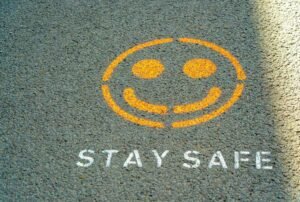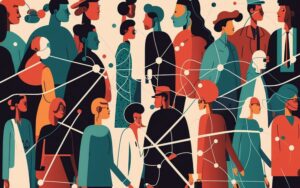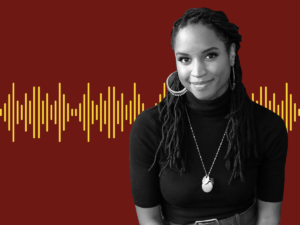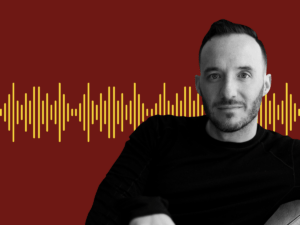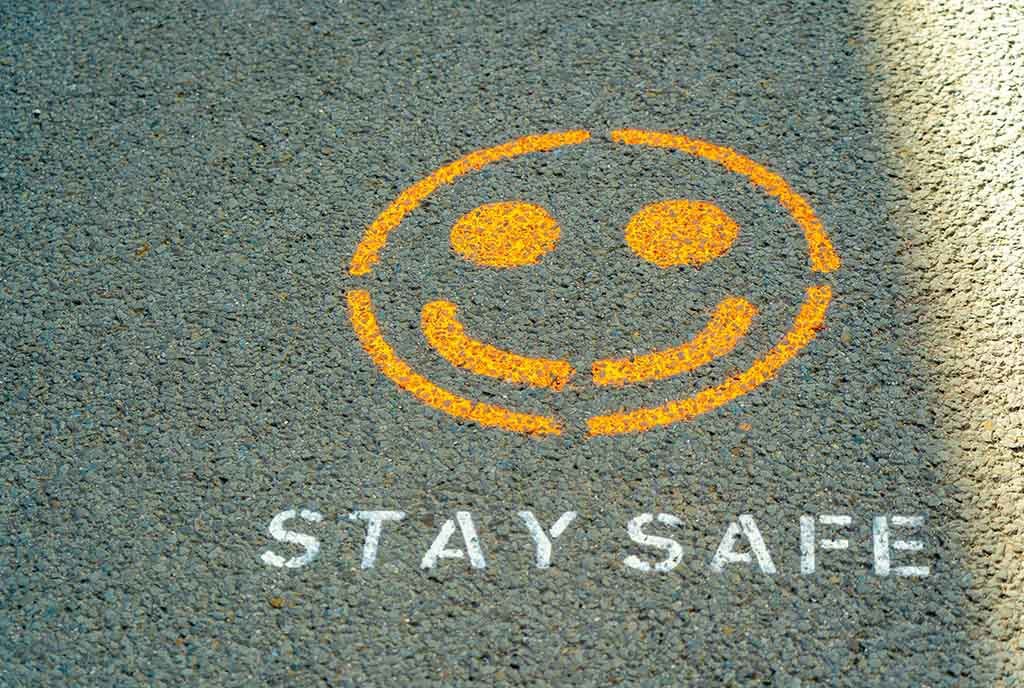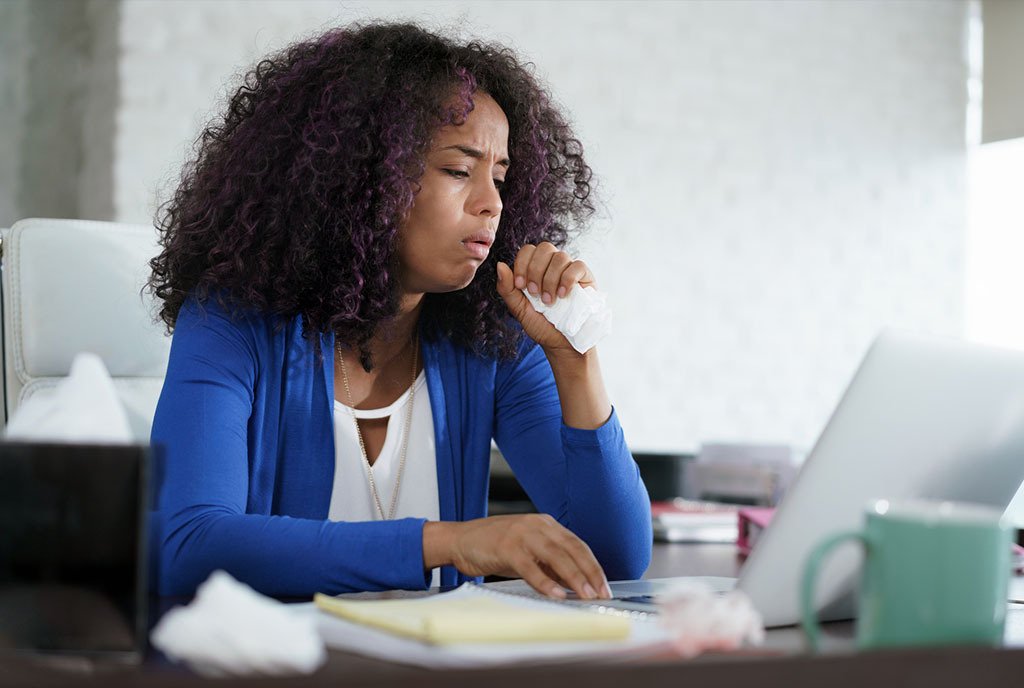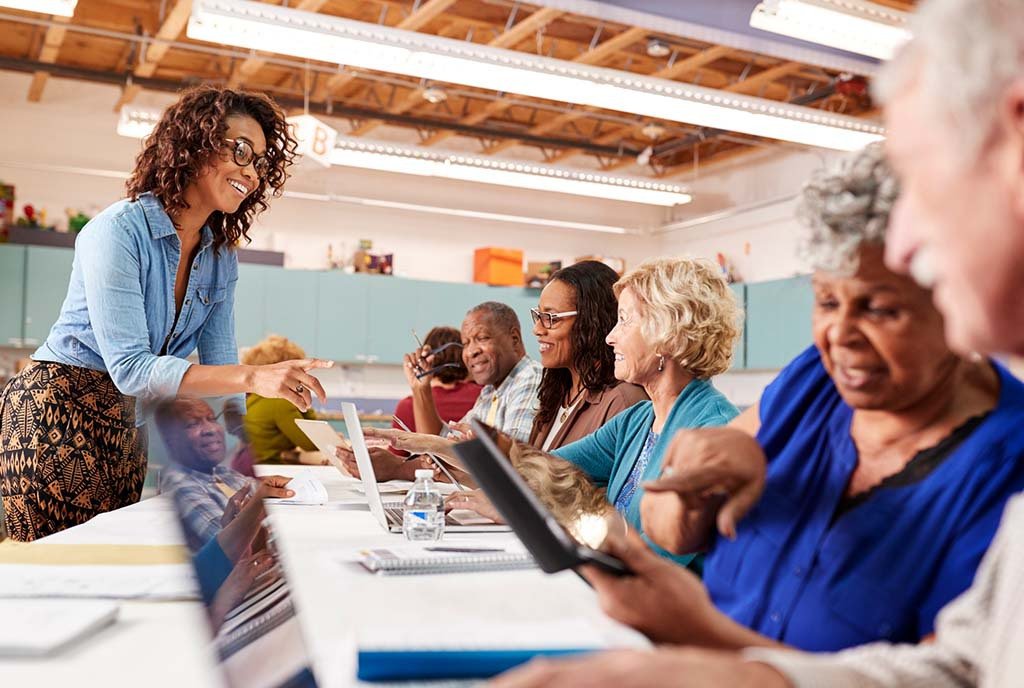
March 30, 2020; Al Jazeera America
As we have seen over the last month, we would be foolish to depend only upon our federal government to keep us safe during times of deep threat. In this case, while the White House has minimalized, denied, and contradicted itself in word and deed, we have seen rapid and rational analyses and actions taken at the level of localities and states. Furthermore, without the self-governance of communities and individuals, any containment responses would have failed.
This moment calls on us, therefore, to think and act with more social awareness of how our actions affect others—not less. (Except, apparently, where it relates to toilet paper.) That’s what we in the civil sector should emphasize—we should celebrate and encourage social interaction and action for the common good.
Last week, I wrote an article calling on our readers to “say ‘no’ to social distancing.” Some of you took me to task for that, perhaps thinking I was simply writing a clickbait headline, but many experts on community responses to disasters and the World Health Organization (WHO) are now advising against the use of the term, emphasizing that it is deleterious to our health to turn away from, instead of toward, existing and new social contacts during the pandemic. They urge the use of the term “physical distancing,” and encourage the natural urge to strengthen and expand our social bonds because, they say, that urge toward self-organization and sharing is one of the most valuable silver linings at a time like this.
We all know that, of course, but our uses of language can all too often imprint frameworks on our behavior so maybe we need to consider adding affirmatively when we mention the need to physically distance, our concurrent deep need for greater social closeness and for taking combined action for the public good.
“These social ties are the critical element to getting through disasters,” said Daniel Aldrich, a professor of political science and public policy at Northeastern University. Aldrich studies community resilience and the role of networks in the face of community trauma like war, natural disasters and pandemics. The Washington Post reports that “Aldrich’s research shows that the communities that survive and rebuild most effectively after disasters are those with strong social networks, which can share lifesaving information with one another.”
Sign up for our free newsletters
Subscribe to NPQ's newsletters to have our top stories delivered directly to your inbox.
By signing up, you agree to our privacy policy and terms of use, and to receive messages from NPQ and our partners.
The people and communities that fare the worst are the ones with vulnerable populations who have weak social ties and lack trust and cohesion. Such people—as the 1995 Chicago heat wave, the 2018 Camp Fire in California and the 2011 earthquake and tsunami in Japan showed—are often the first to perish in a disaster.
WHO epidemiologist Maria Van Kerkhove says, “Technology, right now, has advanced so greatly that we can keep connected in many ways without actually physically being in the same room or physically being in the same space with people.”
Jeremy Freese, professor of sociology at Stanford University, tells Al Jazeera, “Social distancing makes it sound like people should stop communicating with one another, while instead we should be preserving as much community as we can even while we keep our physical distance from one another. We need to do physical distancing to protect everyone’s physical wellbeing, but mental wellbeing is obviously also important, and social isolation is not good for mental wellbeing.”
Martin W. Bauer calls it “an unfortunate choice of language,” since what we measure in feet or meters is “the geographical distance from person A to person B, while ‘social distance’ is a measure of distance across social boundaries.”
In fact, in some ways, the act of physical distancing specifically requires a heightened social awareness of one another, says Robert Olshansky, emeritus professor of urban and regional planning at the University of Illinois at Urbana-Champaign. “The paradox is that we are being very collaborative and social by mutually agreeing to stay six feet away from each other,” Olshansky says. “The term ‘social distancing’ implies that we have to become a more separate and individual society, but there is no way we are going to survive this problem and emotionally support ourselves through this if that is what we do.”—Ruth McCambridge


